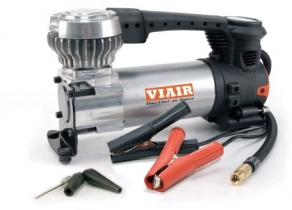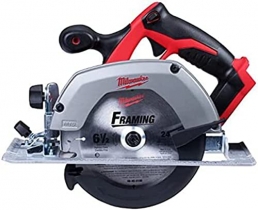-
Welcome to Tacoma World!
You are currently viewing as a guest! To get full-access, you need to register for a FREE account.
As a registered member, you’ll be able to:- Participate in all Tacoma discussion topics
- Communicate privately with other Tacoma owners from around the world
- Post your own photos in our Members Gallery
- Access all special features of the site
Mileage Thread #4000001 - Winter Gas Mileage Myth
Discussion in '2nd Gen. Tacomas (2005-2015)' started by Isthatahemi, Apr 8, 2010.
Page 1 of 2
Page 1 of 2


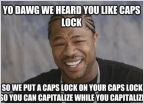 DELAY WIPERS
DELAY WIPERS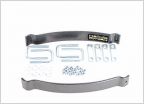 265/75r16 BFG A/T (with pics) & PSI info request
265/75r16 BFG A/T (with pics) & PSI info request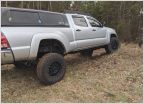 Differences in 5100 shocks
Differences in 5100 shocks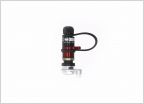 Apex Designs RPV (Rapid Precision Valves)
Apex Designs RPV (Rapid Precision Valves)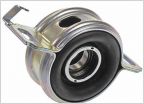 Drive Shaft Center Support Bearing 1998 Tacoma
Drive Shaft Center Support Bearing 1998 Tacoma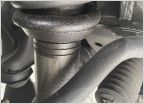 Bilstein replacement shocks
Bilstein replacement shocks

